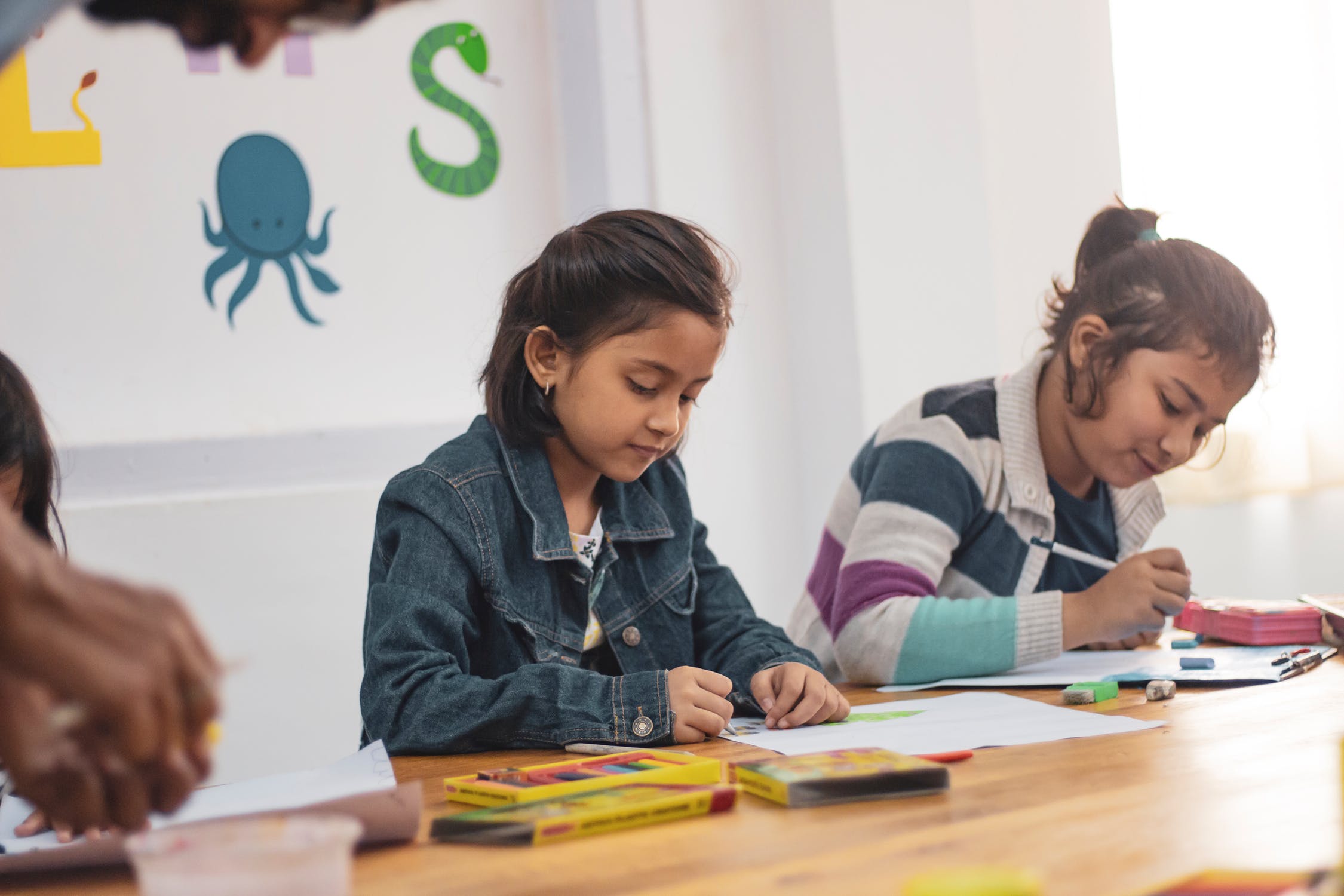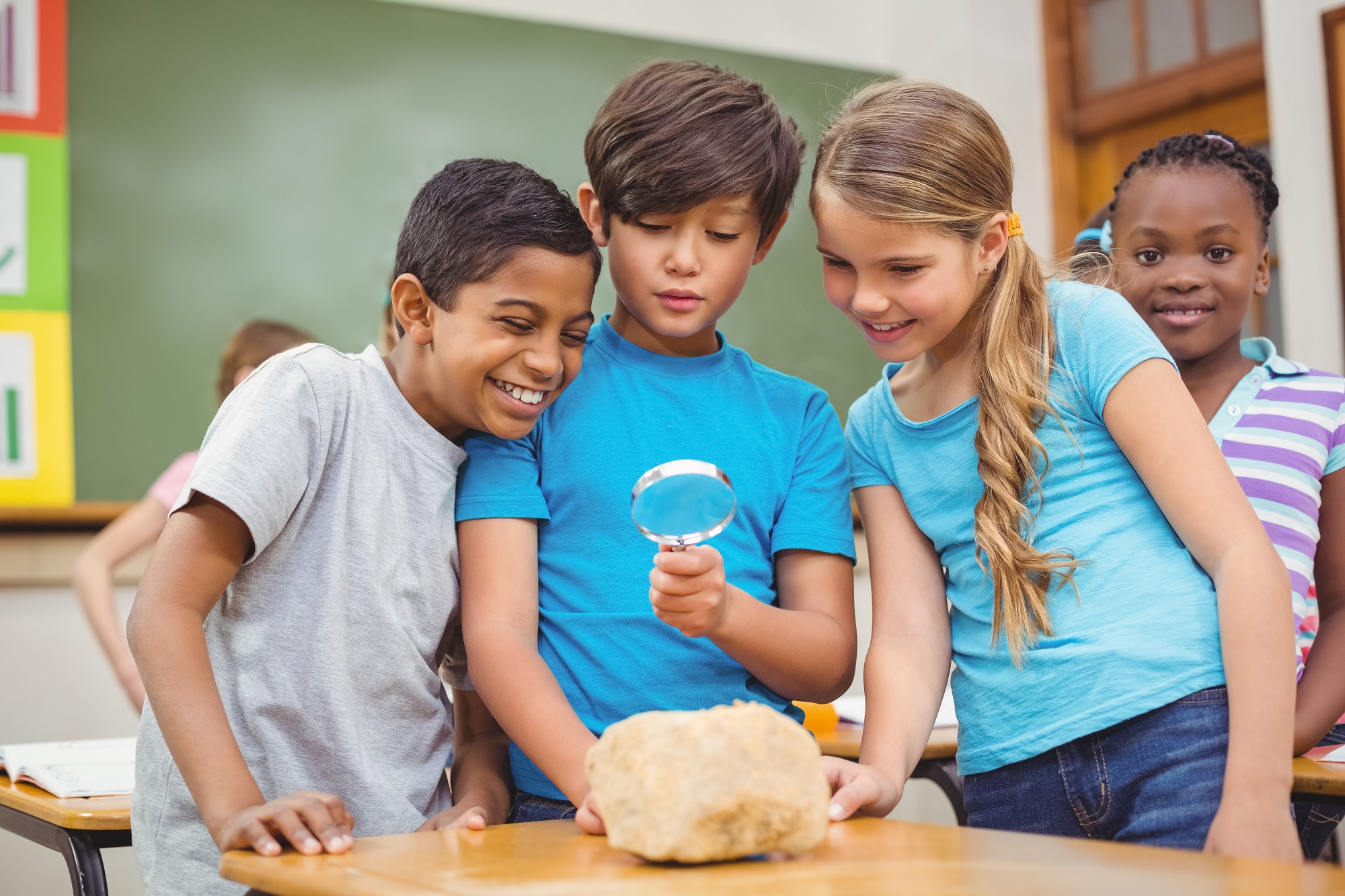“The beauty of a Reggio inspired program is that it believes in the child; it centers on his or her wonders and recognizes that he/she can use many languages to create, explore and grow.” -Alida Garcia de Paredes, Early Years Childhood Principal at the International School of Panama
 More and more international schools are choosing the Reggio Emilia Approach as the superior model for early childhood education. In the classroom, it begins in observation and documentation of children playing and socializing. Teachers plan activities based on children’s unique personalities and “strong currents of interest” that they have witnessed after routinely gathering data with notes, photographs, and recordings of children’s discussions and play.
More and more international schools are choosing the Reggio Emilia Approach as the superior model for early childhood education. In the classroom, it begins in observation and documentation of children playing and socializing. Teachers plan activities based on children’s unique personalities and “strong currents of interest” that they have witnessed after routinely gathering data with notes, photographs, and recordings of children’s discussions and play.
The Innovative Teacher Project, in its collaboration with Mills College School of Education, says of its particular program,
“ . . . teachers are paid six hours a week for professional development, planning, preparation of materials, community management and meetings with families and others. . . Teachers work in pairs and maintain strong collegial relationships with colleagues and staff. They engage in ongoing discussions and interpretations of their work—and the work of the children. It is these exchanges and dialogues that provide the ongoing training and theoretical enrichment so vital to the Reggio Emilia experience.”
Documentation not only provides the framework for the students’ creative and constructive learning environment, but also allows the children to feel their work is important, and it gives the parents a window into their children’s experiences. The constant exchange of ideas among parents, teachers, and students is vital.
Reggio Emilia devotees will tell you that there are three teachers: the parent, the teacher, and the environment. In addition to a classroom, early childhood centers include ateliers, rooms designed for experimentation—equipped with raw materials, such as clay, wire, paint, pens, paper, beads, shells. As the child co-constructs his or her own knowledge among others in a pleasing environment, the Innovative Teacher Project says,
the teacher is viewed as a researcher, and the school is seen as a place of research—a place of participation and shared construction of value and meaning.”
Based on the idea that each child is a unique, competent engineer of his or her own knowledge, Reggio Emilia founder, Loris Malaguzzi (1920–1994), described his philosophy in the seminal book, The Hundred Languages of Children (Ablex Publishing, 1998):
"What children learn does not follow as an automatic result from what is taught. Rather, it is in large part due to the children's own doing as a consequence of their activities and our resources."
Malaguzzi also believed that the children’s interaction with others was critical to their development and that building and sustaining relationships with their peers and caring adults should be at the core of their education.
In her article for the November 2015 issue of Young Children, Mary Ann Biermeier, MEd and Director of Professional Development at Pinnacle Presbyterian in Scottsdale, AZ, gives a beautiful example of how Reggio Emilia works. She describes how in early autumn the teachers noticed several four-year-olds’ interest in a spider’s web on a fence post that had caught the rays of the sun. The children asked to photograph it. The teacher said she didn’t have her camera and asked if they would be willing to draw it. In they ran to get their materials. Biermeier says of this “reflexible,” relationship-driving learning environment,
"Although good teaching requires organization and routines, it is never inflexible and rarely routine. It dances with surprise. It pursues wonder. It finds joy at every turn.”
During circle time, the teachers encouraged the students to share their observations and their drawings. Any planned activity during that time was put aside. Classroom teacher Kristine Lunquist reported what happened next,
“We asked the children what they knew about spiders and spider webs… we were not surprised when the children bubbled forth with ideas about how webs are created or stories of brave dads removing spiders from rooms in their homes. We wrote down the children’s comments and included them in the daily journal email to parents. The very next day on the playground the children were at it once again, finding and exclaiming, rather loudly, that another spider had been discovered.”
 Next, the teachers looked for books in the library. And someone’s neighbor brought a pet tarantula to school for investigation. Parents, apprised of the study by email, began talking and reading about spiders with their children at home. In the following weeks, students continued to draw, but now they wanted to know how to spell some key words and label their drawings. Back at school, children began to demonstrate a deeper understanding through more detailed drawings that included egg sacs, spinnerets, and multiple eyes. On the playground, they began to compare spiders to other insects. They formed a Spider Web Committee to explore the playground, as well as a Bug Club for less enthralled students to find bugs and spider webs. Outside each day, every single student drew and labeled bugs— carefully, prolifically, and intently.
Next, the teachers looked for books in the library. And someone’s neighbor brought a pet tarantula to school for investigation. Parents, apprised of the study by email, began talking and reading about spiders with their children at home. In the following weeks, students continued to draw, but now they wanted to know how to spell some key words and label their drawings. Back at school, children began to demonstrate a deeper understanding through more detailed drawings that included egg sacs, spinnerets, and multiple eyes. On the playground, they began to compare spiders to other insects. They formed a Spider Web Committee to explore the playground, as well as a Bug Club for less enthralled students to find bugs and spider webs. Outside each day, every single student drew and labeled bugs— carefully, prolifically, and intently.
Central to the Reggio Emilia Approach is honoring an individual’s identity and showing each pupil that he or she belongs. In the first week of classes, teachers fill the walls with photos of the children, surrounded by their artwork and a quotation about something they like. Students have their very own mailboxes and cubbies.
Warm relationships, enticing learning spaces, and a powerful sense of self: these are the elements of Reggio Emilia that give children the safety, the freedom, and the hunger to explore beyond what they already know--the hunger to learn.
